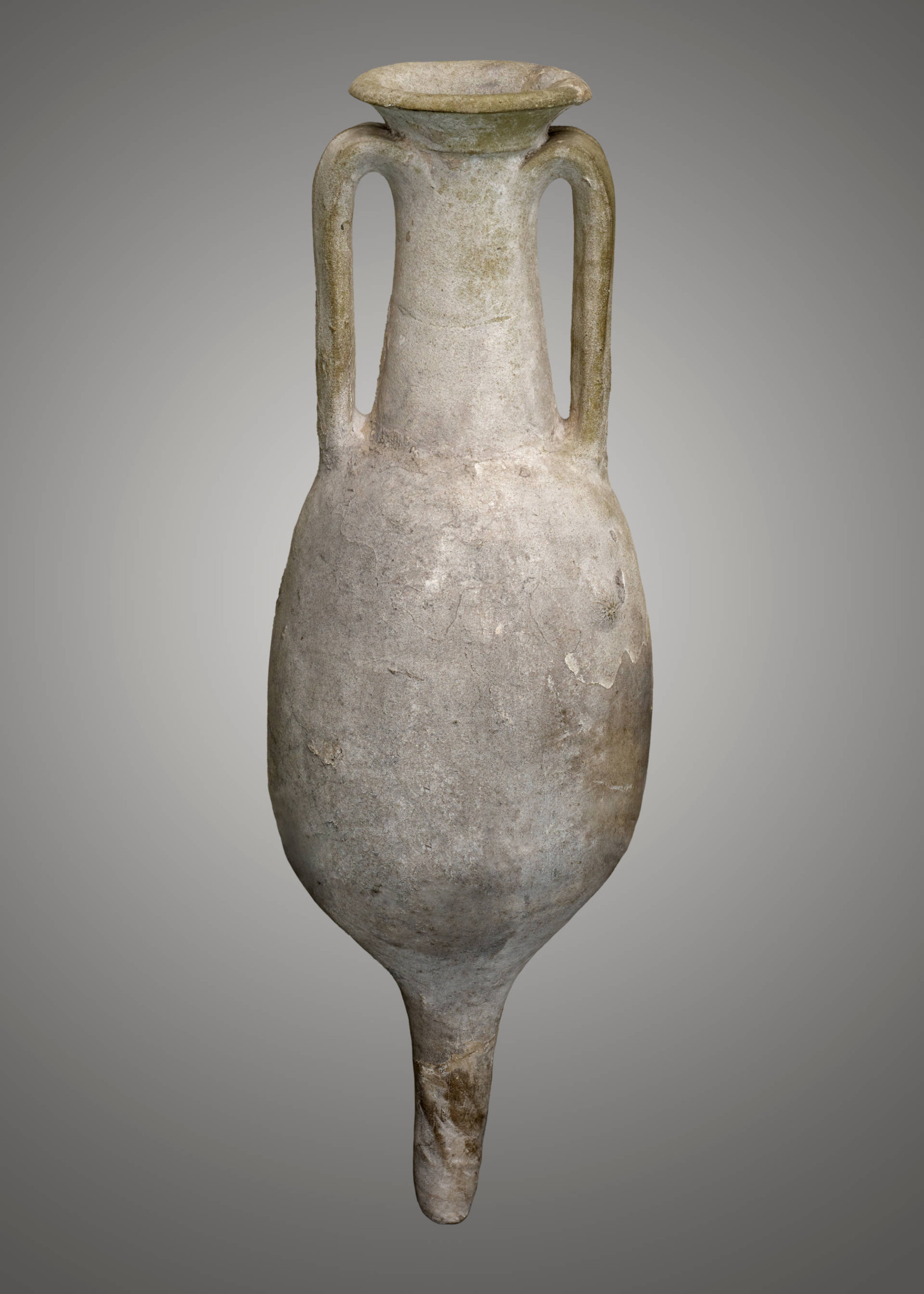
in Suomi / Finnish translated by Kirsi
This object has been translated into 5 different languages by 5 different users
Amphora from Ancient Rome – Amfora antiikin Roomasta
Tämä roomalainen amfora on lähes 2000 vuotta vanha. Se on löydetty Cadizista Espanjasta. Se on saatu museoon täydellisenä esimerkkinä kuljetusamforasta, jotka olivat erityisen soveliaita merikuljetuksiin, sillä niiden pohjan suippo muoto mahdollisti astioiden pinoamisen tiukasti ja turvallisesti toisiaan vasten. Tämä kokonainen amfora on hyödyllinen vertailukappale tutkittaessa Manchesterin arkeologisilta kaivauksilta löydettyjä astioiden paloja. Koska amforat tehtiin savesta, ne olivat halpoja ja helppokäyttöisiä. Kuljetusamforat saatettiin kierrättää myöhemmin uusiin käyttötarkoituksiin, mutta halpoina ne usein myös rikottiin, ja niiden paloja löytyy usein arkeologisilla kaivauksilla. Mitä tavaroita sinä käytät ja heität pois, ja mitä tavaroita käytät yhä uudelleen?
Do you have something you’d like to say, in your own language or English, about the object or translation? We’d like to hear what you think.
Translations are community-sourced and for anyone to participate in, however you use your language. For more information, see Community Guidelines.
27 Jun, 2023
Notes on culture
In Rome, there is a port on the river Tiber called Emporio. This port has been used since ancient Roman times and it was particularly useful to receive goods and materials that arrived by sea from the port of Ostia and sailed up the Tiber.
Over the centuries the amphora shards, which were used to hold grain and liquid foodstuffs during transport, accumulated in a mound. This mound became so substantial in size to be awarded the name “Monte dei cocci” (“Mound of shards”).
Today, this mound is commonly known as Monte Testaccio. It is surprising for tourists and Romans to know that the famous Testaccio in fact an artificial hill formed by shards and various debris.
Nowadays, Testaccio is one of the most popular neighbourhoods in Rome. It is one of the cultural centres of the Eternal city but, throughout the centuries, it always managed to maintain its genuine and familiar spirit as Rome’s working-class district.